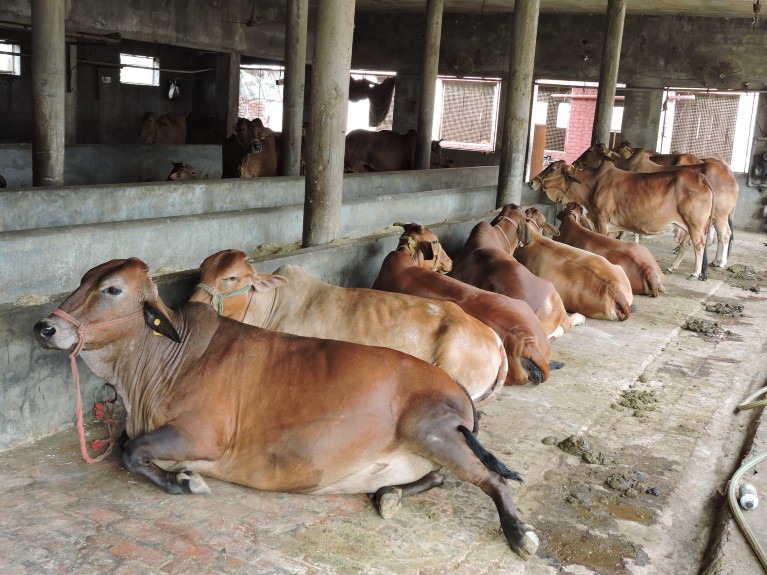
India has no national policy to control haemorrhagic septicaemia, resulting in huge economic losses. Credit: Harvinder Chandigarh, CC BY 4.0
Haemorrhagic septicaemia (HS) kills cattle and buffalo mostly in south of India, according to data gathered from 26,305 outbreaks over 30 years1.
The blood poisoning disease caused by the bacteria Pasteurella multocida is most common in the month of August across India. Researchers at the ICAR-National Institute of Veterinary Epidemiology and Disease Informatics in Bengaluru used statistical and mathematical methods to identify spatial variability and temporal patterns of outbreaks between January 1987 and March 2016.
They found that over 70% of the outbreaks were reported from the southern states of Andhra Pradesh, Karnataka, Kerala,Lakshadweep, Puducherry, Tamil Nadu and Telangana. The greatest number of outbreaks was in Andhra Pradesh, followed by Karnataka. Madhya Pradesh, Gujarat and Punjab also reported a reasonable proportion of annual upsurges.
Currently, India does not have a national policy to control HS, leading to huge economic losses. The researchers say an improved surveillance programme, coupled with vaccination from May to June may protect susceptible animals.
